Species
{{start}}
{{end}}
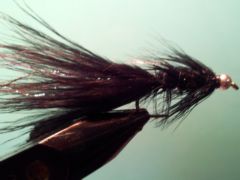
{{+1}}Getting started – trout wet flies{{-1}}
{{start}}
There are only really two types of flies dry flies and wet flies. A wet fly is any fly that is designed to be fished below the surface of the water. Dry flies fit into a number of logical categories.{{end}}
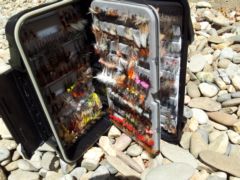
{{+1}}Getting Started – trout dry flies{{-1}}
{{start}}
There are only really two types of flies dry flies and wet flies. A dry fly is any fly that is designed to be fished on or in the surface film of the water. Dry flies can however be divided into a number of logical categories.{{end}}
{{+1}}Protected: Complementary FFA – Free Trail{{-1}}
{{start}}
There is no excerpt because this is a protected post.{{end}}

{{+1}}Calculating trout weight from length and condition{{-1}}
{{start}}
As a result of fishing in competitions I have got used to measuring fish that I catch rather than weighing them. It's quick and simple and of course puts little extra stress on the fish so that is all good. The process of course does have its short comings in that you don't know how much the fish weighted. Well that's no longer the case because I have adopted a mathematical process called a 'power low equation to allow me to calculate the weight of fish from just one or two measurements.{{end}}
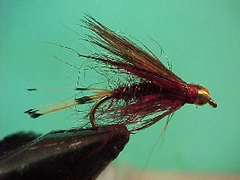
{{+1}}Bead head mallard & claret{{-1}}
{{start}}
A variation on my Soft Winged Bob flies is to turn them into anchor flies for use as the point fly in a team of loch style flies. They are attractive to fish and because of the smaller size and additional weight they sink faster than most flies and keep my leader straight making it easier to keep in contact with my dropper flies. The weigh is a 2mm gold, copper or black tungsten bead (or brass bead and 8 wraps of .015mm lead on the front half of the hook shank).{{end}}
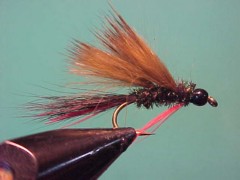
{{+1}}Bead head bag fly{{-1}}
{{start}}
I now tie it in three versions. The first is as set out in the recipe below. Originally designed for red fin feeders it has become my favourite bag fly overall. It has red hackle fibres tied under the tail and as a light beard and over time I found these a great trigger point for all versions. The second version is all brown except for the red beard and is a great alternative to a Diawl Back. Finally I tie a bead head version for when I want to fish a little deeper.{{end}}
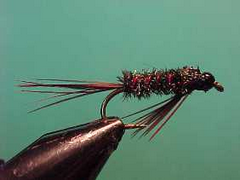
{{+1}}Bead head diawl bach{{-1}}
{{start}}
I tie it both with and without weight and find the addition of a small black tungsten bead makes it a handy anchor fly or a good prospecting fly in running water.{{end}}
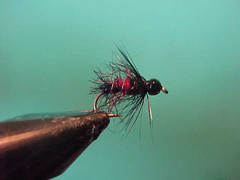
{{+1}}Bead head bibio variant{{-1}}
{{start}}
A bead head version is not a bad idea either. Swap over to a slightly longer hook such as a Tiemco 3769, start with a small black tungsten bead and continue with the recipe below. My version below varies from the original tie in that it doesn't include a body hackle. Instead the body is dubbed with seal fur dubbing which has been teased out in step 'D' with a Velcro rub.{{end}}
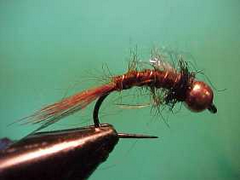
{{+1}}TBH chocolate caddis nymph{{-1}}
{{start}}
Caddis are are common throughout the year but with the greater concentrations occurring from September through to March. They inhabit both running and still water and are a significant food source for most trout often reputed to represent up to 30% of a trout's diet.{{end}}
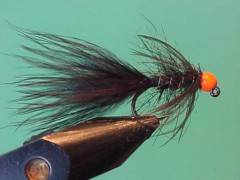
{{+1}}River Jig Bugger – CDC orange TBH and black{{-1}}
{{start}}
This is really good representation of a woolly bugger for river fishing. It sinks well and the jig hook encourages the fly to bounce along the bottom hook point up which of course mitigates snags. Whilst I have set the recipe out below for the brown, black and olive jig buggers I also tie my sparkle bugger and skirted buggers in the form of a jig bugger as shown in the photos below.{{end}}













